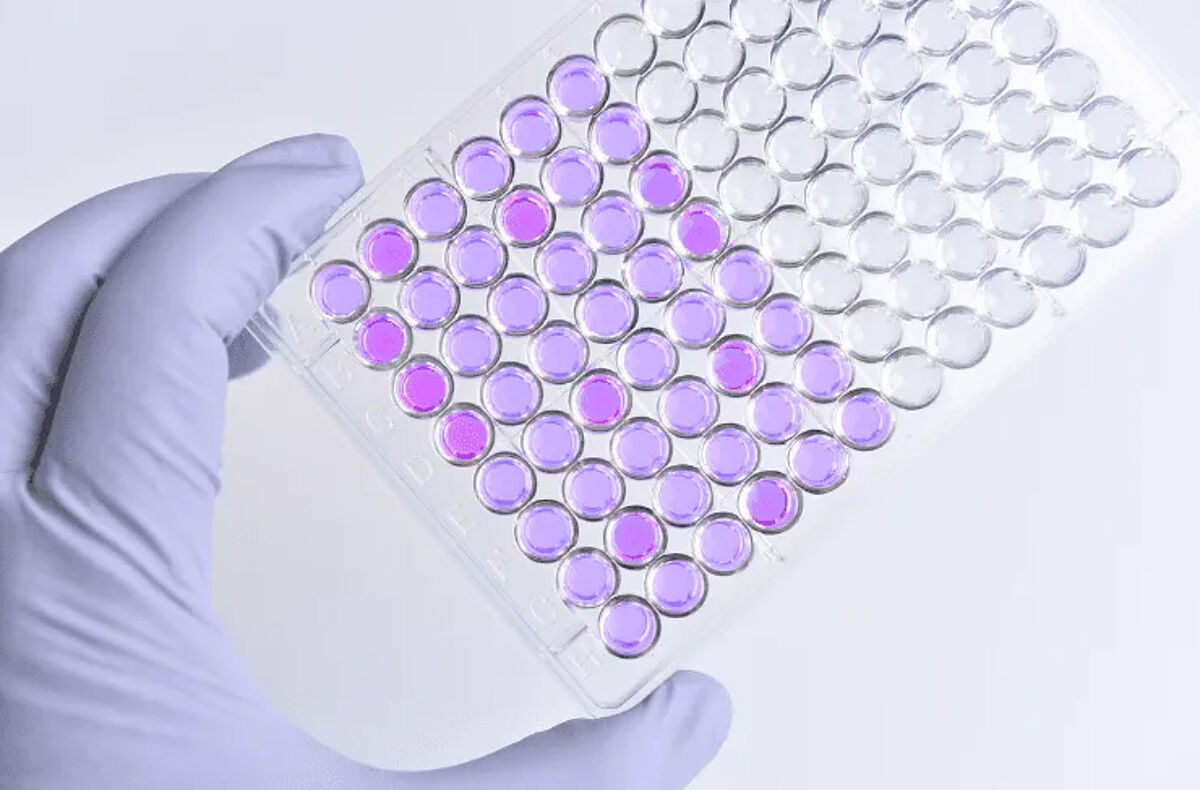Cell-based assays can be used for a wide variety of applications ranging from preclinical drug discovery to testing for environmental contaminants in water, but navigating the maze of potential user pitfalls is essential to obtain precise and reliable data! This blog post explores tips and tricks to help you master cell-based assay procedures—from optimizing user techniques to ensuring instrument calibration. Read on to start getting the best data for your efforts!

Instrument Calibration
In the realm of cell-based assays, precision is paramount. Imagine embarking on a journey through uncharted territories armed with a map that's slightly askew. That's the risk we face when neglecting instrument calibration. Whether considering an incubator, pipettes, or any other equipment integral to your experimental setup, ensure that each component is finely tuned to guarantee you're starting out on the right foot. In INDIGO Biosciences’ lab, instrument calibration serves as the bedrock of our reliable data generation and safeguards against inaccuracies that could potentially skew results. We calibrate our instruments regularly to lay the foundation for consistent and reproducible outcomes. If you experience unacceptably large standard deviation in your cell-based assays, consider when your tools were calibrated last and whether it is time to have them recalibrated to maximize the precision and accuracy of your results.
Excessive DMSO
DMSO (dimethyl sulfoxide) is a solvent widely used when running bioassays. DMSO is, itself, an activator of many genes and in high concentrations is cytotoxic. We know from experience that cell health and assay performance suffer significantly above 0.4% DMSO exposure over a 24-hour treatment period. Here at INDIGO Biosciences, our assay services team strives to not exceed 0.1% residual DMSO in the assay wells when we perform agonist-mode assays. For antagonist-mode assays, one must be mindful that DMSO is contributed from both the challenge-agonist treatment and the test compound treatment, and we strive to not exceed a final concentration 0.2% DMSO in the assay wells.
Loss of Cells from the Assay Wells
If you experience very high standard deviation, one plausible explanation is that cells have been differentially lost from the assay wells. Unfortunately, there are two common ways that can happen.
1.) Concentrations of a test compound that induces cytotoxicity over the treatment period will cause cells to round-up and detach. Unhealthy, dying, or dead cells will be lost from the assay wells during media exchanges, which will inevitably lead to an increased in standard deviation.
2.) The method used to remove media from the assay wells during media exchanges may cause cell destruction. Many researchers use an aspiration device to remove liquids from the assay wells. However, unless you are using robotics to process large numbers of assay plates, aspiration is not a method INDIGO Biosciences recommends, nor do we use it in our own assay work (the exception being when processing strip-well assay plates). Users of manual media aspiration devices run the risk of being overly aggressive and touching the tip of the aspiration device to the bottom, or the bottom circumference, of the assay well—this will destroy cells and well-to-well precision. Alternatively, overly cautious aspiration technique may leave too much liquid volume behind in an assay well, similarly skewing precision.
As an alternative to aspiration, we recommend discarding the media contents of assay wells simply by using a “wrist flick” technique to physically eject liquids into a waste container. Then, gently tamp the inverted plate onto a clean absorbent paper towel to remove residual droplets. Cells will remain tightly adhered to well bottoms. This, undoubtedly, is the most gentle, efficient, and fastest way to remove volumes of spent media from wells in assay plates. (You can see an example of this technique in our assay tutorial videos).
"Edge-effects"
Some researchers experience “edge-effects” in their assay plates, while others don’t seem to have this problem. Edge-effects are characterized as a significant relative reduction in measured RLU signals from the edge wells of the assay plate. The phenomenon is a bit of a “black box”, but it almost certainly results from the local cell culture environment. One common belief is that differential rates of evaporation across the assay plate occur during the assay incubation period. Because of the air movement within mammalian cells incubators, there is flow of warm air moving across the assay plate, and edge wells suffer from a higher rate of evaporation, and evaporative cooling, due to their immediate proximity to the outside environment. We believe this is a plausible contributing factor to the occurrence of edge effects, and there are some techniques worth trying to potentially combat it.
One common method that may help to mitigate edge effects is to dispense sterile water into the inter-well spaces of the assay plate. Doing so nearly doubles the liquid mass of the plate, greatly increasing the temperature buffer and vapor source under the plate lid. Also, we recommend that researchers go to extreme measures to ensure that their 37°C/CO2 incubators maintain a very high internal humidity, to the point of seeing condensation on the inner glass door. All of INDIGO Biosciences’ incubators have at least two water pans, which provide ~70-80% relative humidity around the assay plates. Be aware that every time the incubator door is opened warm, humid air escapes the incubator, resulting in cycles of internal cooling followed by forced heating and re-humidification. In an ideal lab environment, researchers will dedicate an incubator to their assay plates. Once your plates are in, close the door and don’t open it until the assay endpoint. This, of course, can be difficult if one’s colleagues are going in-and-out of that same incubator to add or retrieve their assay plates during your incubation period. Keep in mind that heavy incubator traffic will be to the detriment of your assay results.
Alternatively, a commonly used remedy to edge effects is to simply avoid using the outside wells of an assay plate. Sacrificing edge wells is never a desirable choice, but if your edge-effect problem persists, we suggest that you consider adopting that strategy. If you avoid using the outside plate wells in your assay setup, be sure to dispense sterile water into them so that they will continue to contribute a vapor source to the plate and a thermal buffer to the internal wells.
Support from INDIGO
Cell-based assays serve as invaluable assets in drug discovery and environmental testing alike. Our aim with this blog is to empower you in obtaining precise and dependable data for your present and future research endeavors! Don't forget to explore our assay tutorial videos for step-by-step guidance on assay execution. Should you require further assistance, our dedicated Technical Support team is just a message away, ready to provide insights on assay procedures, best practices, or any other assay-related inquiries. We're here to support your scientific journey every step of the way!
Supplier

INDIGO Biosciences
Indigo Biosciences offer products and services focused on nuclear receptors. Learn more about INDIGO’s portfolio of assay kits and services.
More about Indigo Biosciences Shop for INDIGO Biosciences products
This article was originally published by our supplier Indigo Bioscience.
